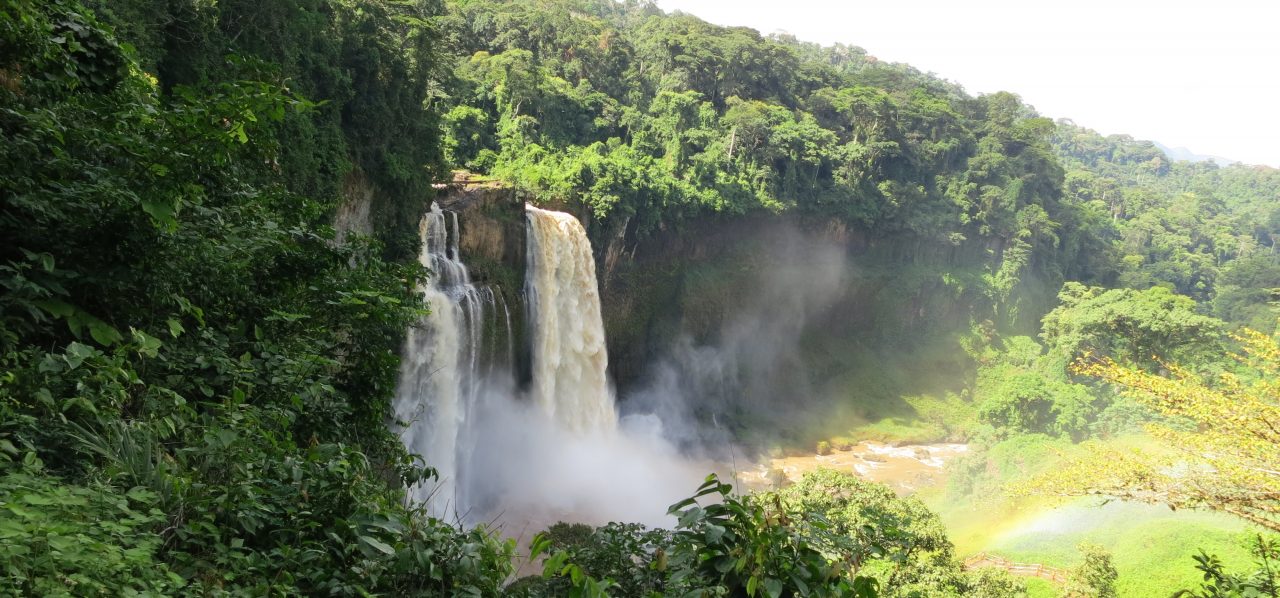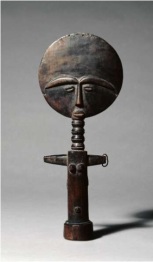
A thief comes to your house, steals from you, and then years later when you try to recover what is yours, he gives you conditions for the return of what he looted from your house. Does it not sound unbelievable? This is what is currently going on with the restitution of African artifacts: everyday new conditions are given for the return of African art. Conditions such as “the works be well kept and exhibited after their return,” make no sense given that these objects in African cultures were mostly not used for art-sake but rather held functional values. It is sad, but hey, if you have no power, it is hard for others to return what they have stolen from you. Just because one artifact is returned here and there, it does not account for all of them. As stated countless times before, united we stand, divided we fall. As African nations ask for the return of what is rightfully theirs, each country should not go on its own to ask for the return of its national treasures, we should all be united. A couple of years back, Madagascar paid for the return of the belongings of Queen Ranavalona III. Similarly, this past April, Algeria recently got the return of a 17th-century manuscript written by the venerated leader of Algerian fight against colonialism Abd el Kader, which had been confiscated by French authorities in 1842; Algerian diaspora mobilized to combine money and resources to recover this Islamic manuscript. Being united will also help in countering conditions like “the object must not be claimed by another nation and the request cannot be accompanied by a request for monetary reparations,” especially since the current boundaries of African countries were formed after independence, thus there are bound to be common artifacts between countries.
Below are excerpts from The Art Newspaper. To learn more, also read new French laws on restitution of looted art on RFI, and Hyperallergic… simply appalling.
====

France is finally releasing its long-awaited policy on the charged issue of the restitution of cultural property… The report was commissioned by President Emmanuel Macron [to ex-Director of the Louvre Museum Jean-Luc Martinez, who has since then been charged with complicity in fraud and concealing the artworks’ origins] and the government has already implemented some of its recommendations, most notably a bill on art looted by the Nazis, which will be discussed by the Senate on 23 May.
And a further two laws will be passed in coming months, … One could apply to items from the former colonies of Western empires, which the report defines in global terms, rather than just Africa and its former French dominions. The other pertains to human remains.
… Martinez tells the Art Newspaper that his report recommends studying the requests for restitutions by eight African countries to establish a “criteria of returnability”. Rather than basing this on an ideological or moral standpoint, he says he wishes to take a “pragmatic approach in order to define a framework policy of restitutions“.
He has come up with two main criteria as the basis for restitutions: “illegality and illegitimacy“. For example, according to French law at the time of France’s colonial invasion of Algeria in the early 19th century, weapons can be legally seized from an enemy but cultural goods had to be returned after battle. So the books and clothes of the rebel leader Abdelkader ibn Muhieddine (commonly known as Abdelkader) should have been given back to him when he surrendered, making their status in France “illegitimate“.
Likewise, if an officer handed looted goods to a French museum, as was the case for many objects looted from the Kingdom of Benin, the donation should be considered “illegal because such personal war booty is not allowed.” A key recommendation of the report is that requests for restitution be studied by a bilateral scientific commission which will publicly provide an opinion before the final decision of French courts [more bureaucracy].
… This report comes nearly six years after Macron publicly called for the “return of African heritage” during a state visit to Burkina Faso. And it has been four-and-a-half years since the academics Bénédicte Savoy and Felwine Sarr made the case for systematic restitutions to African countries. Since then, the issue has been somewhat downplayed, but it remains a sensitive subject.




















